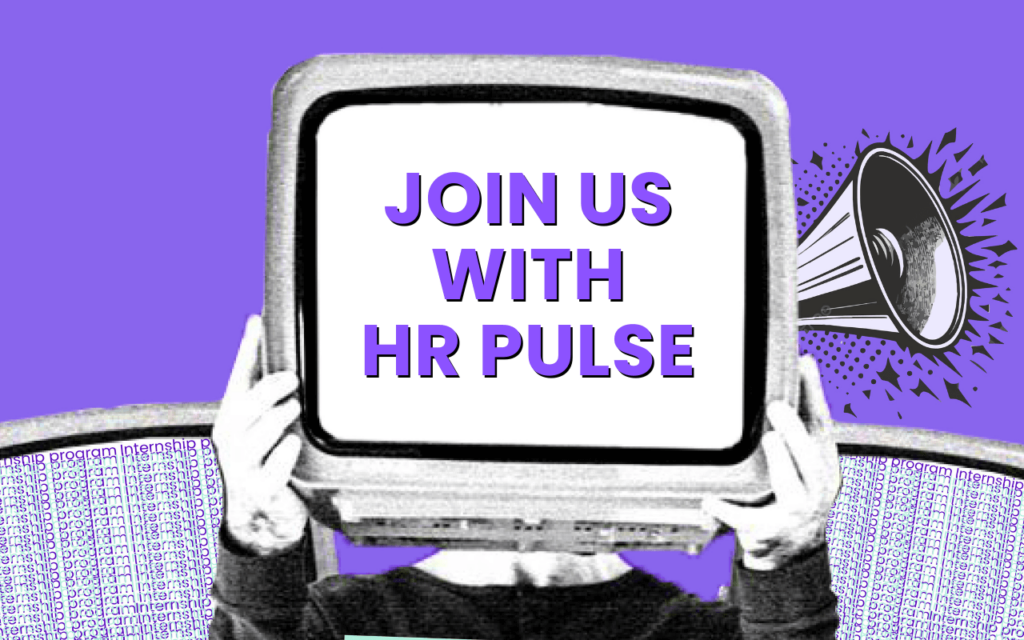Labor law, also known as employment law, is a body of legal rules that governs the relationship between employers, employees, and trade unions. It defines employee rights, employer responsibilities, and outlines the legal framework for workplace conditions, wages, hours, and protections.
Purpose of Labor Law
Labor laws exist to create fair, safe, and equitable workplaces by:
- Ensuring minimum working standards, such as fair wages and safe working conditions
- Protecting fundamental employee rights (e.g., protection from discrimination, minimum wage)
- Regulating employment relationships, terminations, and benefits
- Empowering trade unions to collectively bargain on behalf of workers
Key Areas Covered
Labor laws vary by jurisdiction, but typically regulate:
- Employee Rights: Safe workplace, nondiscrimination, fair compensation
- Working Conditions: Cleanliness, lighting, ventilation, and rest breaks
- Workplace Safety & Health: Training, safety equipment, and health risk prevention
- Wages & Hours: Minimum wage laws, overtime pay, working hour limits
- Leave Entitlements: Paid sick leave, parental leave, vacation policies
- Equal Employment: Laws prohibiting discrimination in hiring and promotion
- Termination & Layoffs: Fair dismissal processes and severance requirements
- Collective Bargaining: Rights for trade unions to negotiate with employers
- Pensions & Benefits: In some jurisdictions, minimum standards for retirement plans
Worker Classifications & Protections
Labor law protections differ by classification:
- Employees:
- Entitled to full employment rights (written terms, sick/holiday leave, protection from unfair dismissal)
- Workers (Contract for Services):
- Rights to minimum wage, holiday pay, payslips, and anti-discrimination protection
- Self-Employed:
- Limited protection, primarily regarding health and safety at client sites and discrimination laws
Who Governs and Enforces Labor Law?
- United States:
- Federal level: U.S. Department of Labor (e.g., Fair Labor Standards Act)
- State level: States may set stricter rules in addition to federal standards
- Unions: Protected by the National Labor Relations Act, unions negotiate collective bargaining agreements (CBAs)
- Oversight: National Labor Relations Board (NLRB)
- United Kingdom:
- Enforced by tribunals, courts, government agencies, and trade unions
- Unions engage in collective bargaining and represent workers in disputes
Collective Bargaining and Trade Unions
- Trade Unions:
- Represent groups of employees to negotiate working conditions, pay, and safety
- Use collective bargaining to negotiate and formalize terms with employers
- Collective Bargaining Agreements (CBAs):
- Legally binding contracts outlining agreed employment terms
Impact of Labor Laws
- Protect workers from exploitation and unsafe conditions
- Offer legal recourse for unfair treatment or termination
- Ensure consistent standards across industries
- Help employers avoid legal risks and improve workplace culture







